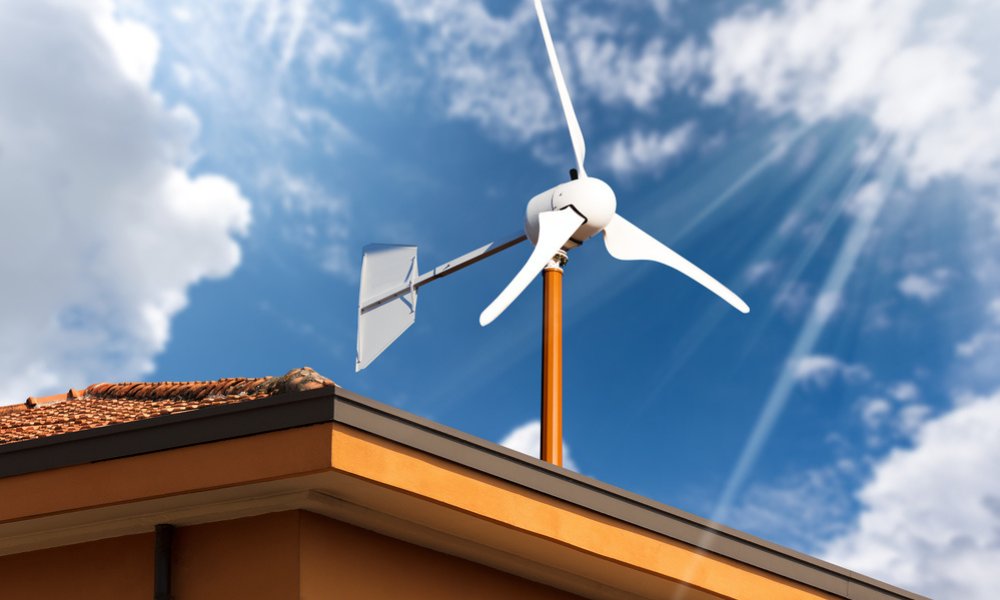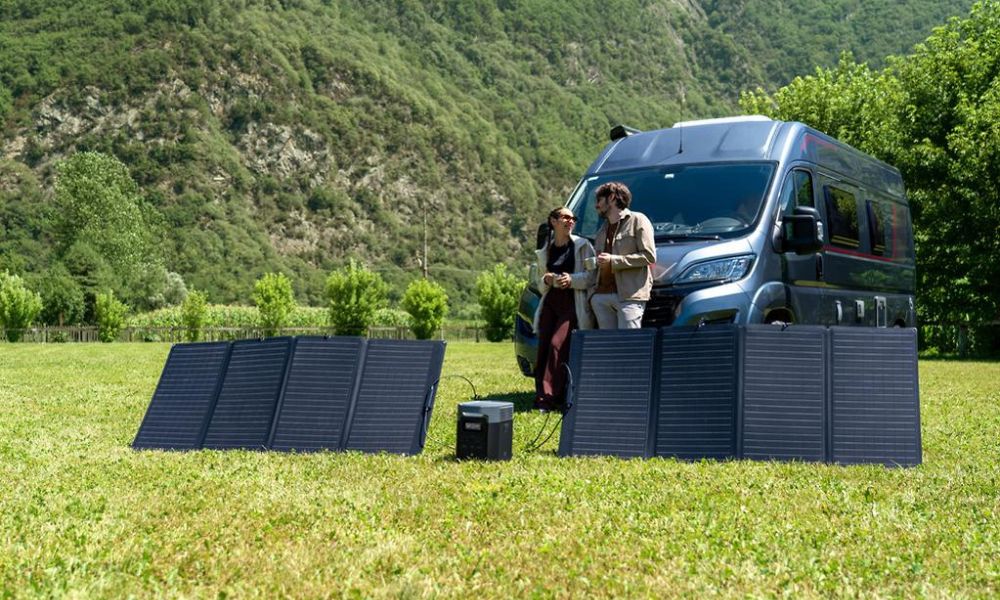More than two million Australians have invested in rooftop systems for their home, and have enjoyed drastically reduced bills as a result. By harvesting the sun’s energy, homeowners and businesses can not only reduce their reliance on grid electricity, but export energy back to the network in return for credits.
But what happens when the sun isn’t shining? Modern-day solar panels are excellent at extracting solar power even on overcast and cloudy days, but they will not power your home when it is raining or there is a mains outage.
That is where solar batteries come in, providing you with up to a week of reserve renewable energy that can be used at night, during inclement weather and power outages. The best news is that they have become highly affordable and an essential component of any modern solar system.
Not all batteries are built the same
The industry standard is the Tesla Powerwall, and you are going to get the best quality and results by sticking with the pack leaders.
Outside of Tesla, numerous brands also produce storage solutions that all come at different price points and with varying levels of quality. So how do you know which option is the right one for your home and your requirements?
The first step is to assess the brand you are purchasing from. Tesla is the leader, but Sony, Samsung, BYD, Pylontech, Sonnen and Enphase are strong players with reliable and affordable solutions. If you are looking at a brand outside of the big names, conduct your due diligence to ensure you are not getting a cheap and nasty option.
Beyond that, there are a handful of metrics you can look at to determine which solution will be suitable for your home, including:
- Capacity: This is how much electricity your battery will hold, measured in kilowatt-hours (kWh). The higher the capacity the better, but it’s a good idea to assess your daily household usage in kWh and look for a battery that will give you up to a week’s worth of backup.
- Power: This is how much electricity in kWh will be delivered to your home at once. Some will power an entire house, while others will provide electricity for just a few appliances.
- Depth of discharge (DoD): Draining a battery will reduce its capacity and efficiency, so there is a level you should never go beyond. This is called the depth of discharge. The higher the DoD the better, so look for anything 90 per cent or above.
- Round-trip efficiency: Your battery will need to use energy to store your electricity – you just don’t want it to use too much. Your round-trip efficiency measures how much electricity is lost in storage, so try to keep this number as low as possible.
Let us take all of the hassles out of purchasing a battery storage solution or investing in a complete solar package. Our expert team can assist you with the correct setup for your needs at best possible prices.
Contact us today toll-free on 1800 EMATTERS or email our friendly team for a free quote.


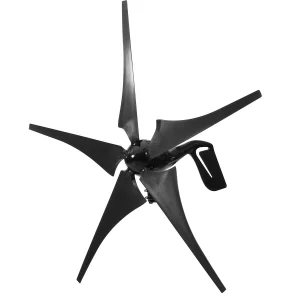 Retail
Retail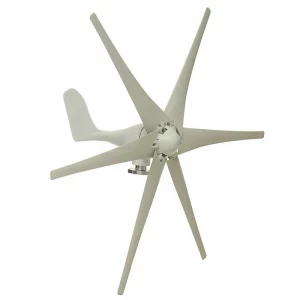 Retail
Retail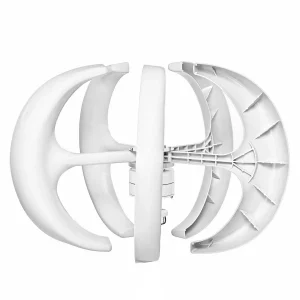 Retail
Retail